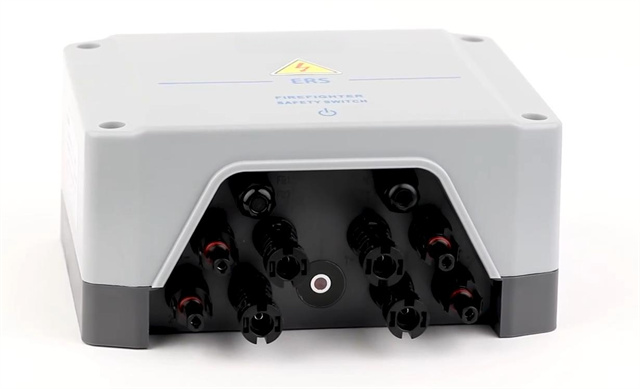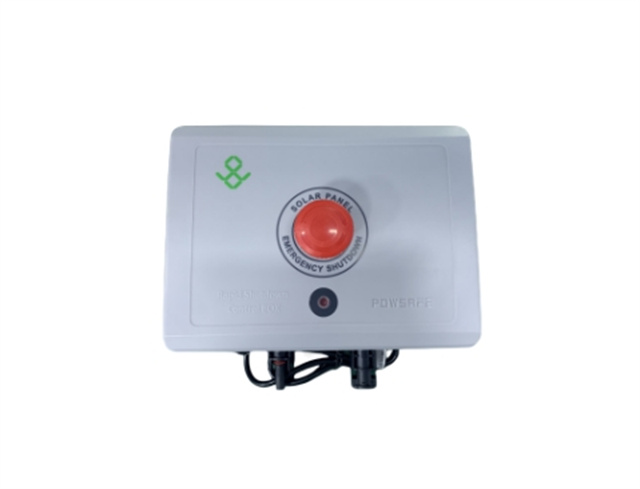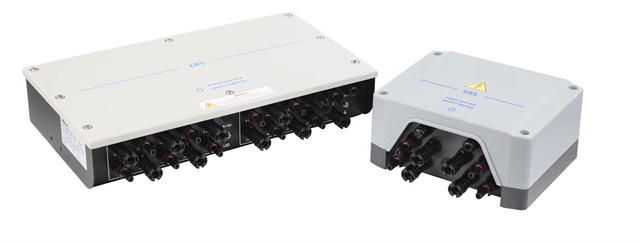Author:BLD Solar Energy SystemFROM:Solar System Converter Manufacturer TIME:2023-08-21
Introduction:
The rapid shutdown of solar photovoltaic (PV) systems has become a crucial aspect of ensuring the safety and reliability of these installations. Module Level Rapid Shutdown (MLRSD) is a technology that allows for the de-energization of PV modules during emergencies or maintenance procedures. This article discusses the importance of maintenance and care for MLRSD in the solar industry, highlighting key considerations and practices.

Module Level Rapid Shutdown refers to the ability to shut down the DC electrical circuit of each PV module individually. This technology ensures that in cases of emergencies, such as fires or electrical hazards, each module can be safely turned off. MLRSD solutions typically involve the use of power optimizers or microinverters attached to individual modules, which allow for module-level monitoring and control.
Regular maintenance and care are essential to keep MLRSD systems operating optimally. Here are a few key factors to consider:

Regular inspections are necessary to identify any issues or potential dangers within an MLRSD system. Firstly, visual inspections should be conducted to check for physical damage, loose connections, or signs of corrosion. Secondly, electrical testing should be performed to verify proper functioning of the MLRSD components, including power optimizers or microinverters. Testing may include measuring voltage, current, and resistance values to ensure they comply with specifications.
It is recommended to schedule routine inspections annually but additional inspections should be carried out after significant events like severe weather conditions or equipment modifications. Timely identification and resolution of any problems will help maintain the overall safety and performance of the MLRSD system.

Proper cleaning and maintenance of PV modules and MLRSD components contribute to the efficiency and longevity of the system. Dust, debris, and bird droppings can accumulate on the surface of the modules, hindering the absorption of sunlight. Regular cleaning using mild detergent and water, along with a soft brush or sponge, can remove these contaminants effectively without causing any damage. Avoid using abrasive materials or high-pressure water jets.
Additionally, regular inspection and cleaning of MLRSD components, such as power optimizers or microinverters, should be performed according to the manufacturer's guidelines. This includes checking for any visible damage, loose connections, or signs of overheating. Proper ventilation and heat dissipation should also be ensured to prevent component degradation.
Conclusion:
In conclusion, maintenance and care for Module Level Rapid Shutdown systems are critical for ensuring the safety, reliability, and performance of solar PV installations. Regular inspections, testing, cleaning, and maintenance of MLRSD components should be carried out to identify and address any issues promptly. Following manufacturer guidelines and industry best practices will help maximize the lifespan of the MLRSD system and contribute to the overall success of the solar industry.
